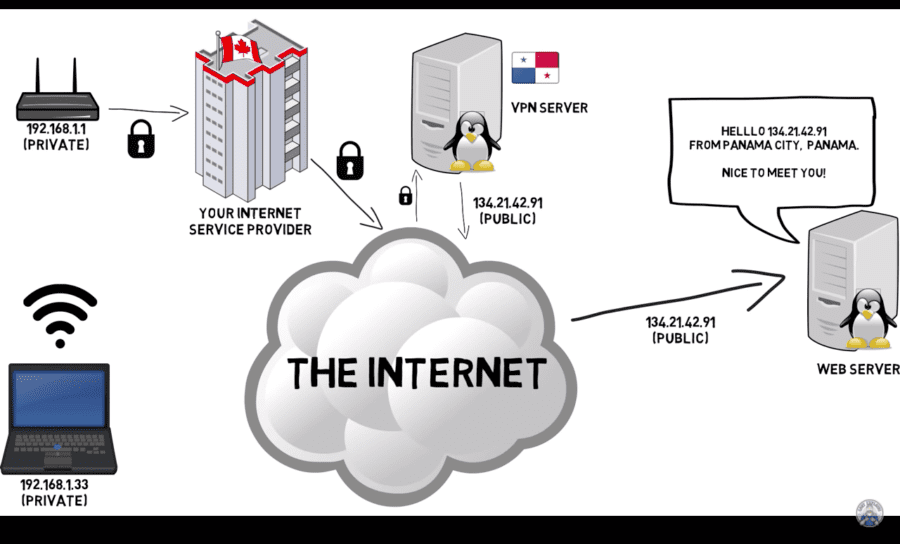A VPN or Virtual Private Network creates an encrypted tunnel that guides data from your location to an alternate server. The VPN uses this server to connect to a service, like a streaming service. How your device communicates with the encrypted server is determined by the VPN tunneling protocol.

VPN protocols consist of two channels: a data channel and a control channel. The control channel verifies the connection between your device and the server, while the data channel transmits the data. These channels work together to ensure your data travels securely. ProtonVPN has an overview of how the process works:
When you connect to a VPN server, the VPN uses its control channel to establish shared keys and set up a connection between your device and the server. Once this connection is established, the data channel begins transmitting your Internet traffic…
Once the VPN tunnel has been established, the control channel is then tasked with maintaining the connection’s stability.
When the connection is established, the VPN Protocol performs a process called encapsulation. This process takes user data packets and places them inside another data packet. This is done to avoid a mismatch between the protocol configurations of the VPN and the target server and ensure that your data arrives at the target server correctly.
What Is The Difference Between Different VPN Protocols?
While the goal of VPN protocols is the same, to create a secure connection, VPN protocols use different encryption methods and algorithms to create these tunnels. Over the past several years, several new protocols have sprung up. These new protocols rely on advances in encryption technology to make VPN connections more secure, perform better, and provide a more stable connection. For a detailed overview of these changes, visit our handy guide on VPN protocols.
Have any questions about VPN protocols or network setups? Feel free to reach out to us!






